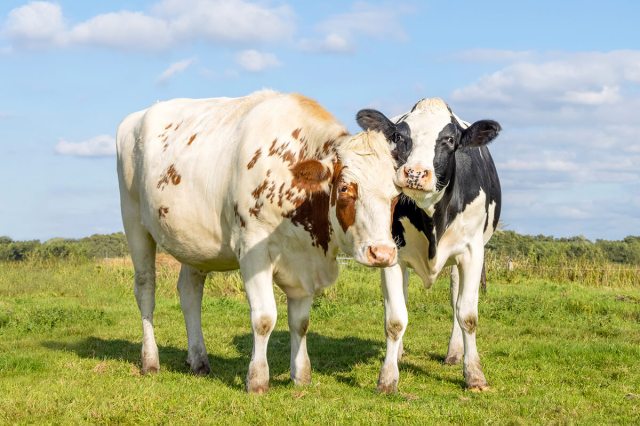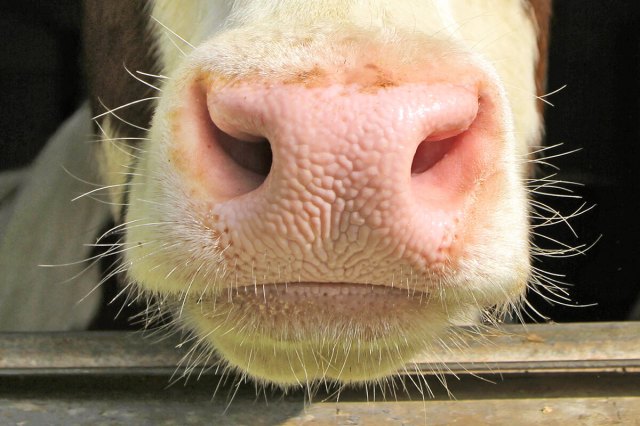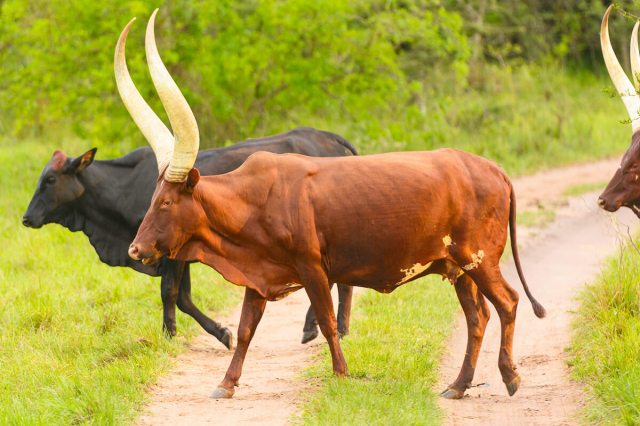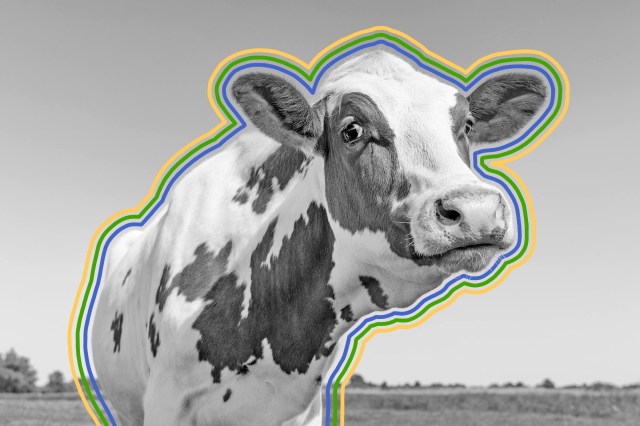
Cows Have Best Friends
Cows form deep social bonds within their herds and are capable of developing close friendships. Research from the University of Northampton in the U.K. found that cows not only form strong emotional connections with each other, but also experience stress when separated from their preferred companions. When cows are paired with their best friend, their heart rates lower, and they exhibit fewer signs of anxiety.
These social relationships extend beyond simple companionship. Cows establish hierarchies within the herd and communicate through body posture, vocalizations, and mutual grooming. Recognizing these social behaviors is crucial for improving animal welfare on farms. By creating environments that respect the natural instincts and social needs of cows, farmers can reduce stress and promote healthier, more content animals.

Cows Are Smarter Than You Think
The phrase “dumb as a cow” couldn’t be further from the truth. Cows are intelligent animals capable of learning and problem-solving. In cognitive studies, cows have demonstrated the ability to solve puzzles, remember tasks for long periods, and even anticipate future events based on past experiences.
For example, one study showed that cows were capable of opening a gate to reach food after watching a demonstration — and they remembered how to do it weeks later. Some researchers have compared bovine learning abilities to those of dogs and even primates. Cows can even be trained to perform specific tasks, such as operating milking robots. The animals have also shown signs of emotional intelligence, such as frustration when faced with unsolvable problems and excitement when they succeed, indicating a level of awareness and mental engagement that’s often overlooked.

Cows Have a Powerful Sense of Smell
Cows have an exceptional sense of smell and can detect odors several miles away. This adaptation plays an important role in their survival, allowing them to detect predators and locate water or food sources. Their keen noses also help them recognize other cows and distinguish between different individuals, including humans.
In practical terms, this means cows are incredibly sensitive to changes in their environment, especially unfamiliar scents. They can react strongly to new smells, which may affect their behavior and stress levels. Farmers can use this knowledge to improve animal handling practices, such as introducing new equipment gradually or using calming scents during veterinary procedures, transportation, or weaning.
More Interesting Reads

There Are More Than 1,000 Different Breeds
Cows are among the most diverse domesticated animals, with more than 1,000 recognized breeds worldwide. These breeds have either evolved naturally or been selectively bred to thrive in a wide range of climates, perform specific tasks, or produce different types of milk or meat. For example, Holstein Friesians are prized for their exceptionally high milk yield, making them a staple on dairy farms in more than 150 countries. Highland cattle, with their thick, shaggy coats, are uniquely suited to Scotland’s cold, rugged terrain. In contrast, Zebu cattle, common in India and Africa, are heat-tolerant and resistant to parasites — ideal traits for tropical and subtropical regions.
This remarkable diversity not only speaks to the cow’s adaptability, but also to its enduring value across cultures and continents. From the long-horned Ankole-Watusi cattle of East Africa, revered for their dramatic appearance and cultural symbolism, to the “sacred cattle of India,” the hardy Brahman cattle, known for their strength and resilience, cattle have been shaped by both human needs and environmental demands for thousands of years.

Cows Have a Four-Chambered Stomach
Cows have a complex, four-chambered stomach that allows them to digest tough, fibrous plant material that most animals can’t process. This remarkable system — made up of the rumen, reticulum, omasum, and abomasum — lets cows ferment their food with the help of trillions of microbes, effectively transforming grass and hay into valuable nutrients. The process, known as rumination or “chewing cud,” is slow and deliberate, but it’s what enables cows to survive and thrive on low-quality forage.
In newborn calves, the abomasum is the only functional compartment. It operates much like the human single-chambered stomach until the full ruminant system develops within several weeks of birth. By about 2 to 3 months old, calves can start digesting roughage such as hay and grass. The composition of a cow’s diet — which ranges from wild pasture grasses and legumes to supplemental feeds such as soybeans and corn — plays a big role in the quality and taste of the milk they produce. For example, cows that graze on lush grasslands in Devon and Cornwall produce exceptionally rich, high-fat milk, which is key to making England’s famous clotted cream.











